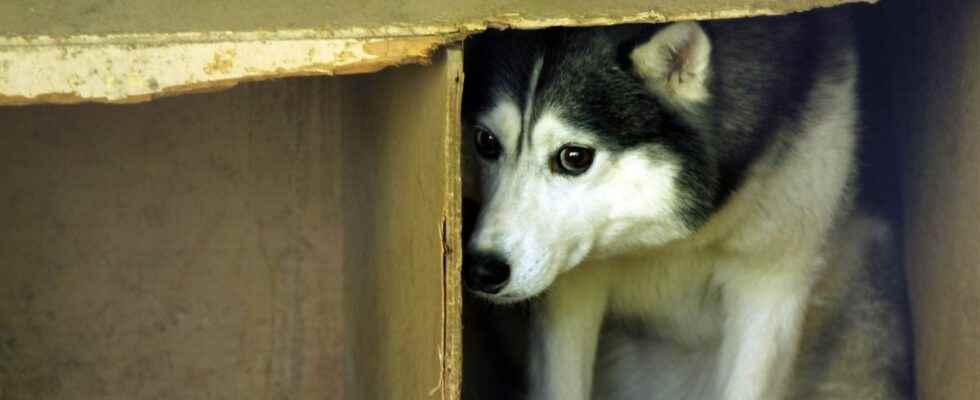Published on
Updated
Reading 3 mins.
The Ministry of Agriculture announces it in a press release: a case of rabies has been detected in a refuge in the Paris region. The animal bit several people, who were taken care of and vaccinated.
A case of canine rabies was officially recognized by the Institut Pasteur on Thursday 27 October. It is a case of rabies in a “Husky-type dog, detained in a refuge in Évry-Courcouronnes in Essonne (91)”, indicates the press release from the Ministry of Agriculture.
Several bite victims
The animal claimed several victims. They have all beenquickly taken in charge by the rabies center of the Institut Pasteur, which administered a very effective post-exposure prophylactic treatment” following these bites.
Other people who have been in contact with the animal have also been contacted. “by the ARS Ile-de-France and are also directed, if their exposure requires it, towards a consultation in an anti-rabies center” adds the ministry.
No rabies in France since 2001
“France has been considered rabies-free for over 20 years. First of all, indicates Bruno Pelletier, veterinarian and vice-president of the union of liberal practicing veterinarians Ile-de-France. “The regions close to Europe, where the disease is endemic, are the Eastern countries and the Maghreb. It is from these regions that animals infected with the rabies virus are most likely to arrive. adds the veterinarian.
The dog in question may have been imported from Morocco, a country where rabies is endemic, according to the first conclusions of the investigations, which are still in progress.
Fraudulently imported animals
The problem therefore comes from animals that enter France illegally. “They are imported in cars and bypass health checks, because the market is lucrative” adds Dr. Pelletier.
Puppies are thus imported into the country, before the age of 3 months and 21 days, the official deadline for vaccinating them. “A puppy cannot be vaccinated before the age of three months, and the validation of the latter will only take 21 days after. This is when he can cross a border” explains the specialist.
“If an animal is neither identified nor vaccinated, a prefectural decree sets up a follow-up with a health visit to a veterinarian authorized by the prefecture in order to monitor the possible appearance of signs of rabies. At the end of this follow-up health, if all goes well, the animal is considered free of rabies and can be vaccinated at that time”.
Rabies, a deadly disease
Although it is not transmissible between humans, rabies remains a serious pathology, which leads to death if the symptoms occur. It is transmitted by scratching, biting or licking injured skin or mucous membrane of an infected animal, but is not transmitted by skin contact, such as simple petting of the animal.
In the case of the dog found in the Paris region, “the animal developed the first signs of rabies on October 19 and died on October 25. During the entire period of contagiousness (up to 15 days before the first signs), the dog remained in the shelter, alone in its box or in a relaxation courtyard” but “in view of the incubation period, the dog had necessarily contracted rabies before arriving at the shelter” note the press release.
What are the rules to follow after a bite?
When one is bitten by a dog, a consultation must be carried out the same day. When a person is bitten, the doctor treats the wound and decides on a specific treatment, on a case-by-case basis and according to the results of the health monitoring of the biting animal. Post-exposure prophylaxis is therefore not given systematically.
“The biting animal, on the other hand, is visited on D0, D+7 and D+14. These visits monitor the state of health and any signs of rabies. At the end of these three visits, if the animal is still alive, it is declared free from rabies” adds Bruno Pelletier.
If during this period, the animal dies, it would be sent to the Pasteur Institute for analysis. “This shows the importance of working hand in hand between doctors and veterinarians, for diseases that are transmitted from animals to humans”. Zoonoses which are likely to grow significantly in the years to come, according to the expert.
